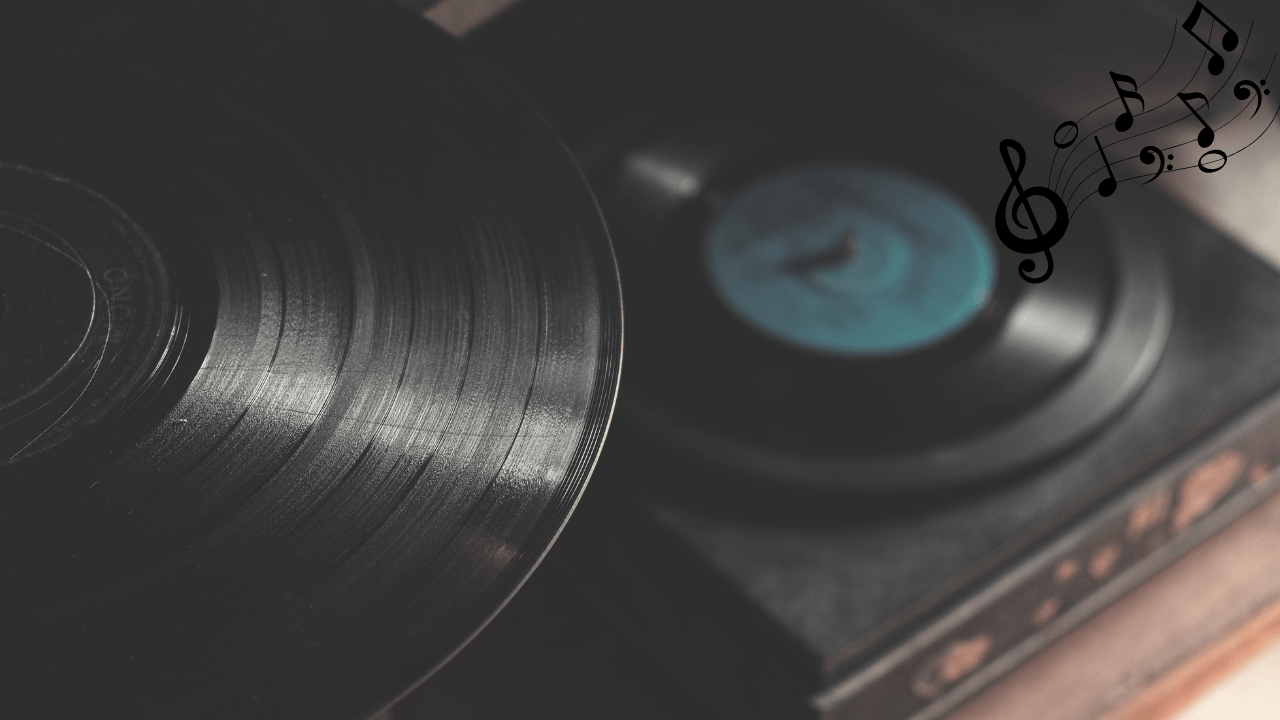Why Sound Quality Format is Important
Imagine listening to your favourite song, but it sounds flat or lifeless. Doesn’t feel great, right? That’s why the best sound quality format matters. It ensures that every beat, note, and melody comes through just the way it was meant to. Whether you’re jamming to your playlist, watching movies, or working on a professional audio project, choosing the right audio format is a game-changer.
In this guide, we’ll explain everything you need to know about sound quality formats in simple words. No technical jargon, just easy-to-understand explanations to help you make the best choice.
What is a Sound Quality Format?
A sound quality format is the way audio is stored and compressed in a file. Think of it as a container for your music. Some containers, like WAV, keep all the sound details, while others, like MP3, save space by removing some audio information. Choosing the right one depends on what you value more: perfect sound or saving storage.
Here’s a simple analogy:
- A lossless format (like FLAC) is like a packed suitcase where nothing is missing, just folded neatly to save space.
- A lossy format (like MP3) is like leaving some items out of your suitcase to make it lighter.
Why Does Format Matter for Sound Quality?
Imagine drinking water from a glass versus a straw. The glass gives you the full experience, while the straw limits it. That’s how sound quality formats work. Some formats, like WAV and FLAC, give you the full sound experience, while others, like MP3, simplify the sound to save space.
Sound quality formats affect:
- Clarity: Can you hear all the instruments clearly?
- Depth: Does the music feel rich and full?
- Space: Do you feel like you’re in the room with the artist?
If you care about how your music feels, understanding formats is crucial.
Different Types of Sound Quality Formats
Let’s break down the three main types of sound quality formats.
1. Uncompressed Formats: For the Purest Sound
- WAV (Waveform Audio File Format):
- Best for studio recordings.
- No loss in sound quality.
- Large file size.
- AIFF (Audio Interchange File Format):
- Apple’s version of WAV.
- Same quality but optimized for Apple users.
2. Lossless Formats: The Middle Ground
- FLAC (Free Lossless Audio Codec):
- Keeps all the audio data but compresses it for smaller size.
- Perfect for audiophiles.
- ALAC (Apple Lossless Audio Codec):
- Similar to FLAC but works best with Apple devices.
3. Lossy Formats: For Everyday Listening
- MP3 (MPEG Audio Layer-3):
- Smaller size but loses some sound details.
- Good for casual listeners.
- AAC (Advanced Audio Coding):
- Offers better quality than MP3 at the same size.
- Commonly used in streaming.
WAV vs FLAC – Which is Better?
If you want the best sound quality format, you’ve probably heard of WAV and FLAC. But which one is better?
- WAV:
- Raw and uncompressed.
- Used in professional settings.
- Large file size.
- FLAC:
- Compresses without losing quality.
- Smaller file size, perfect for saving space.
- Ideal for personal use.
If you’re a music producer, WAV is your best bet. But if you’re an audiophile who wants to store high-quality music, FLAC is the way to go.
How Compression Affects Sound Quality
Compression is like squeezing an orange to get juice. Lossless compression (like FLAC) gets all the juice without spilling a drop, while lossy compression (like MP3) leaves some juice behind.
- Lossless Compression:
- Preserves every detail of the audio.
- Files are larger but sound amazing.
- Lossy Compression:
- Removes some details to save space.
- Files are smaller but lose some richness.
Choosing the Best Sound Quality Format for You
Here’s how to decide what works for you:
- For Casual Listening:
- Use MP3 or AAC. They’re small, and the quality is good enough for most people.
- For Audiophiles:
- FLAC or ALAC is the best option. They give you rich, clear sound without wasting space.
- For Music Production:
- WAV or AIFF is the industry standard. They capture every detail of the recording.
The Role of Sample Rate and Bit Depth
You might have heard terms like “sample rate” and “bit depth” when researching audio quality. Here’s what they mean in plain English:
- Sample Rate: It’s like taking snapshots of a song. The higher the sample rate, the more details you capture.
- Bit Depth: It’s about how much information each snapshot holds. Higher bit depth = better sound.
For example, CD-quality audio uses a 44.1 kHz sample rate and 16-bit depth. Studio recordings often go up to 96 kHz and 24-bit.
How Streaming Services Handle Sound Quality
Streaming platforms offer different sound quality options:
- Spotify:
- Standard: 160 kbps (MP3).
- Premium: 320 kbps (better quality).
- Apple Music:
- Uses AAC (256 kbps).
- Tidal:
- HiFi Plan offers FLAC for lossless streaming.
If you value sound quality, Tidal HiFi is the best choice.
Myths About Audio Formats
Let’s clear up some common misconceptions:
- Myth 1: Higher Bitrate = Always Better Quality
- Not true! Your headphones and speakers also matter.
- Myth 2: MP3 is Terrible
- High-bitrate MP3 files (like 320 kbps) can sound great.
Tips for the Best Listening Experience
- Use high-quality headphones or speakers.
- Choose lossless formats like FLAC when possible.
- Make sure your playback device supports the format you choose.
- Experiment with different formats to find what you love.
Tools to Test Audio Formats
Try these tools to compare formats:
- Audacity:
- Free software for audio editing and testing.
- Foobar2000:
- Great for playing and comparing different formats.
Why the Right Format Matters for Professionals
If you’re a musician or content creator, your audience deserves the best. Choosing WAV for recording and FLAC for distribution ensures they hear your music the way you intended.
Future of Audio Formats
With advances in technology, new formats like Dolby Atmos and spatial audio are emerging. These formats focus on creating immersive sound experiences.
Conclusion: Pick Your Perfect Sound Format
Choosing the best sound quality format doesn’t have to be complicated. Think about your needs:
- Want professional-grade audio? Go for WAV.
- Love high-quality music but need to save space? FLAC is perfect.
- Just need something light and easy? MP3 will do the job.
The right format can make your music or movies come alive. Try different formats and enjoy the journey of sound!
Related Articles:
For further reading, explore these related articles:
- Comprehensive Guide to Music Distribution Companies Comparison for Artists
- Comprehensive Guide to Digital Music Distribution in India
- How to Create a Music Distribution Company
For additional resources on music marketing and distribution, visit Deliver My Tune.






